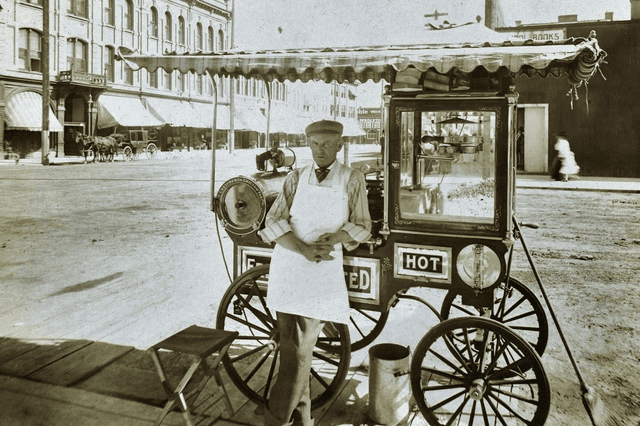For movie enthusiasts, the act of purchasing popcorn at the cinema is a cherished experience. Surprisingly, not many people realize that popcorn has been associated with movie theaters for over 130 years, since the advent of popcorn machines. Today, popcorn has become a significant revenue source for cinemas, helping them maintain their operations.
So how did popcorn transition from a humble snack to an essential component of the movie-watching experience? The history dates back over 10,000 years, with evidence suggesting that the earliest cultivation of corn occurred in what is now Mexico. By around 3600 BC, the indigenous peoples of Mexico and other South American communities had already discovered corn.
The process of popping corn involves heating the kernels until the moisture inside turns into steam, causing the outer shell to burst. This delightful snack was often considered a treat. Archaeological findings indicate that around 3,600 years ago, South American cultures stored corn in clay vessels underground.
Interestingly, during the 19th century, popcorn began to be consumed more frequently as a breakfast food. However, it wasn’t until this time that popcorn became a staple snack at movie theaters. Even with its growing popularity, popcorn remained an inexpensive treat, costing around 5 to 10 cents, making it accessible to many families during that era.
By the late 1840s, the technique of popping corn had gained traction, and the snack became more popular, albeit still on a modest scale. It wasn’t until 1893 that the first commercial popcorn machine was invented by Charles Cretors, which revolutionized the popcorn-making process. The aroma of freshly popped corn attracted many moviegoers, especially when vendors started selling it outside theaters.
Due to its affordability, popcorn became a popular snack, often costing just a few cents. This made it particularly appealing during the Great Depression, where snacks like popcorn provided a low-cost option for entertainment.
Before the Great Depression in the 1930s, popcorn was a common snack at theaters, and it was primarily associated with live performances. At that time, theaters were the main entertainment venues, and consuming snacks like popcorn was considered a luxury.
With the rise of the motion picture industry, popcorn sales began to soar. In fact, during the peak of the Great Depression, popcorn sales tripled compared to pre-war levels, solidifying its position as a staple of movie theaters.
Throughout the 1930s, as the film industry expanded, popcorn became synonymous with the cinematic experience. The combination of affordable ticket prices and low-cost snacks made it an attractive option for moviegoers, leading to increased cinema attendance.
In 1938, when McKenna decided to sell popcorn in theaters, the profit margins from ticket sales were nearly zero, but the revenue from popcorn sales exceeded $200,000, which, when adjusted for inflation, would be approximately $3.5 million today. This realization prompted theaters to offer popcorn as a primary snack, further enhancing the movie-watching experience.
As movie theaters began to recognize the profitability of popcorn, they started to sell a variety of snacks and drinks. This shift led to an increase in overall cinema attendance as prices for movie tickets were lowered, thus attracting more patrons.
Today, the revenue from popcorn is a crucial source for cinemas to sustain their operations, covering costs such as rent, utilities, staffing, and more. Therefore, if you’re a movie lover and want to support your local theaters, consider buying popcorn rather than just a movie ticket.
Source: Compilation






















